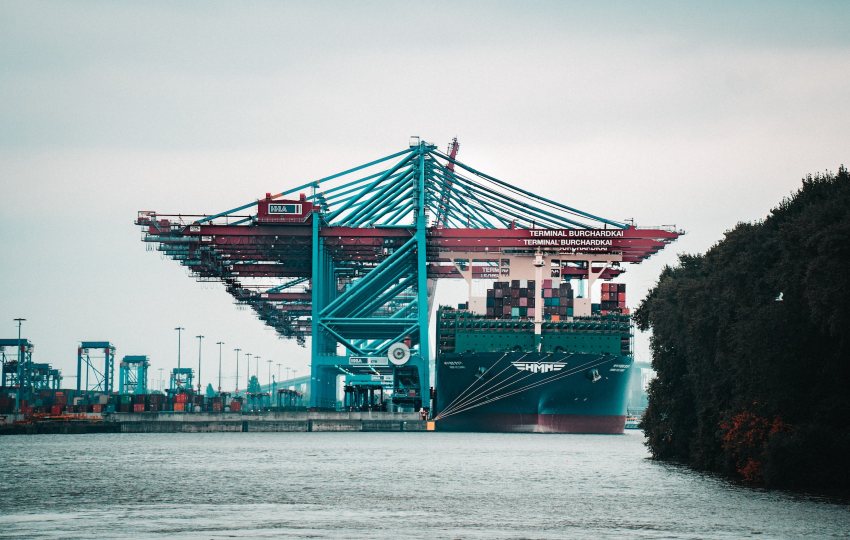Three years after the pandemic, the world has been used to constant supply chain changes and disruptions. Supply chain problems in the past only meant a slight delay in receiving your order. But during the pandemic, supply chain changes got more serious. Not only were there long delays, but they also expanded to other necessities like pharmaceuticals and food.
In a situation like this, supply chains needed an overhaul to combat the disruptions and mitigate the risks. That’s when supply chain managers started planning for the next day of supply chains.
Let’s see the supply chain changes in the past few years that will most likely be in effect for the next decade.
Nearshoring and reshoring
These terms were almost unknown before the pandemic, but now they are one of the most talked about topics. To deal with the supply chain disruptions, companies had to come up with both short-term and long-term plans.
A short-term to mid-term plan is to find alternative routes for the transportation of products from point A to point B. This meant to avoid heavily congested ports, for example, or to choose transportation by rail instead of shipping. But that’s only a temporary solution without offering a safety net to avoid similar disruptions in the future.
That’s when nearshoring and reshoring come into play. Nearshoring means moving production from countries like China closer to home. Transportation takes less time, and companies diversify their sourcing by relying less on a few manufacturers. On the other hand, reshoring means moving sourcing and production to the final destination. This is also known as on-shoring.
Asia will remain a powerhouse
Despite all the talk about nearshoring and reshoring, Asia is expected to remain the world’s manufacturing powerhouse. Even though there are many benefits in diversifying production worldwide, it is not sensible to move out of Asia entirely, especially from China. That would be too expensive and risky to do. That’s why production movement only refers to a fraction of it.
Another reason for production to stay in Asia is consumers’ rapid growth, which will continue strong in the coming years. Therefore, production needs to stay in Asia to cater to the region’s growing demand. Besides, production in Asia is nearshoring and reshoring for the region.
For the moment, that’s how experts expect supply chains to transform in the coming years, with more expected changes to happen in the fast-changing supply chain landscape. For a glimpse of the new era of supply chains, we need to wait for 2025 to 2030 to see how they will be reconfigured.

